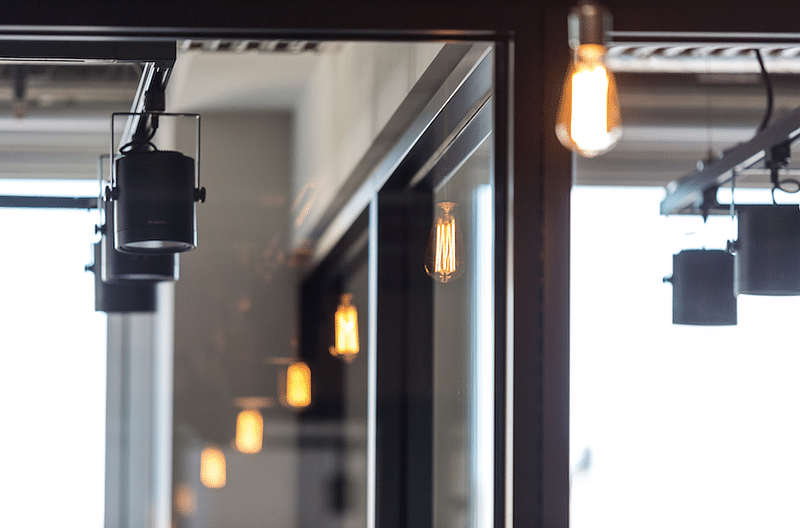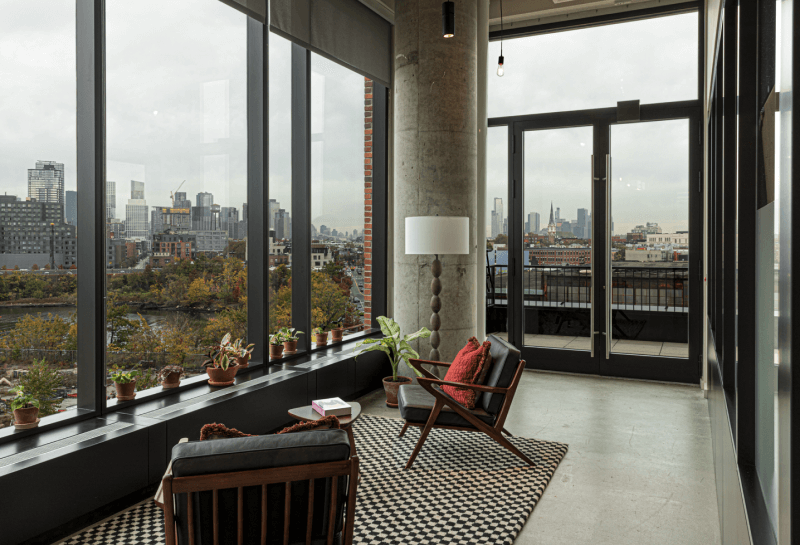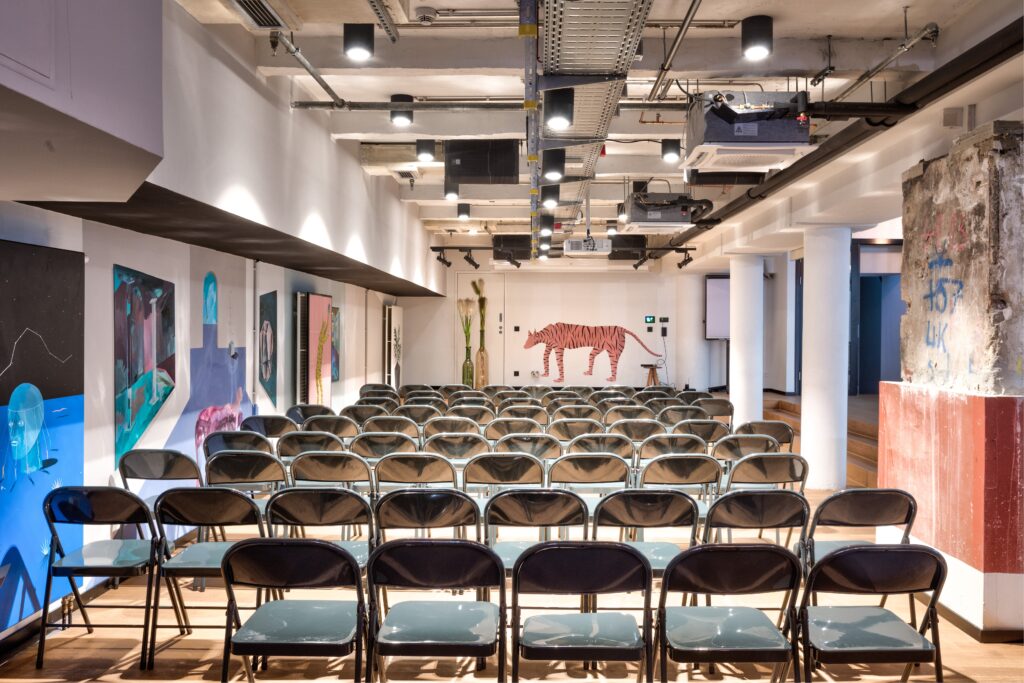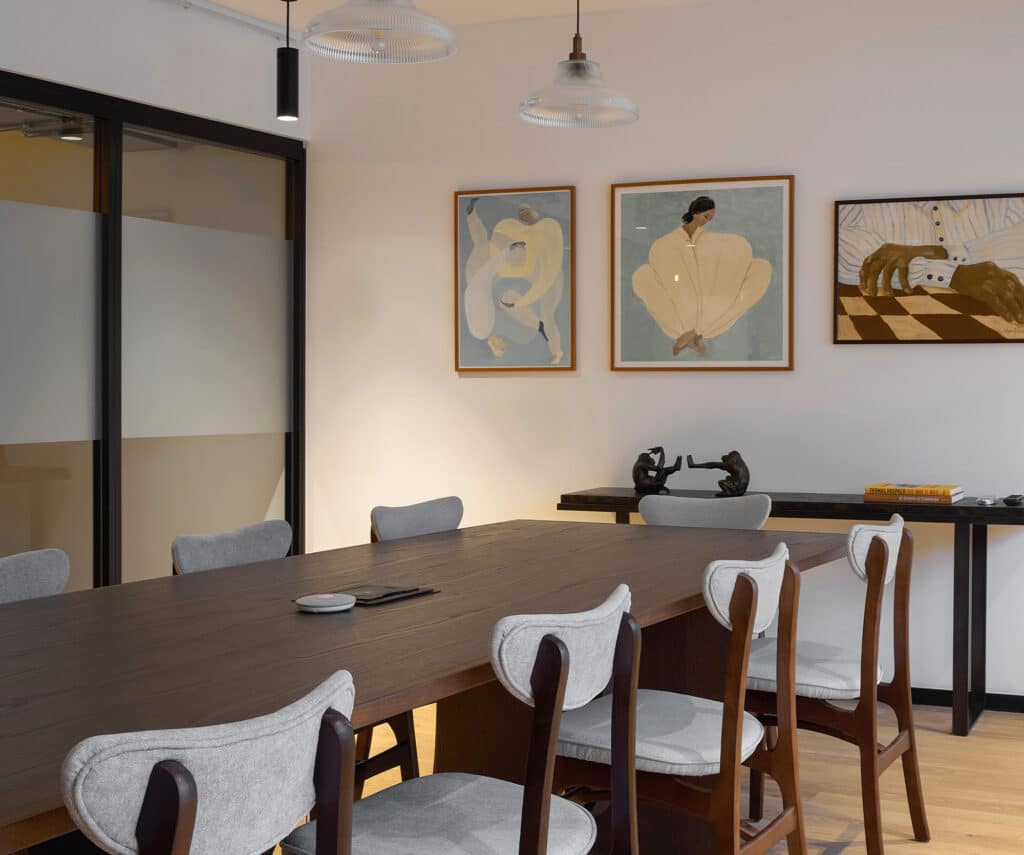It is known that your office lighting has a direct impact on how your employees work: Their mood, their stress levels, their energy and productivity.
If your lights are too dim, or dark, your employees will be more likely to be cranky and sluggish, whilst if your lights are too bright and strong, they will be more likely to struggle with headaches and strain on their eyes.
In other words, looking into lighting and what works the best for your employees when making new purchase for your office, whether you need new overall office lights, new ceiling lights or floor lamps is vital for your business productivity and employee wellbeing.
Variables of the Best Office Lighting
Now that we have established that it is important for your company to find the lights that can help bring your business forwards, starting with your employees and everyone working at the office, let’s have a look at some variables to find the best office lighting for your company office.
Office Lighting Standards

In the United States, according to the General Services Administration (the GSA), the minimum requirements when it comes to lighting for the workspace is 500 lumens per square meter. If your company office is not in the US, we encourage you to have a look at the standards for your country, as this might vary depending on climate and normal weather changes.
However, looking back to the recommended 500 office lighting lumens; it is not a lot, if you think about the fact that a normal incandescent bulb of 60 watt produces 800 lumens. The GSA also recommend to fill in any gaps with task lighting options.
Cost
Cost is a big factor for when you are deciding on your office lighting, because your office lights will most likely be on for 12+ hours every day.
There are things you can do to reduce the costs of your lighting as much as possible, such as installing timers, motion sensors and dimmers. This would give you more say in how much of the electricity is being used.
With that said, fluorescent lights and LED lights are usually the most cost-effective.
Computer Placement
When looking through the different options, you also need to keep the computer placement in mind – if there is too much daylight or if the lights are shining directly on the screen, it could be difficult and heavy to work on the computer.

Bulb Type
The first thing to know when it comes to bulb type, is that if you have a large office space, then light-emitting diode (LED) light bulbs are the best options. However, incandescent and halogen would work as well.
LED office lighting is recommended in today’s day and age because they are cheaper and more environmentally friendly than other bulb types. Not to mention that they are less likely to have a negative impact on your employees with struggles such as migraines.
Using office lighting LED is also practical, because it can be dimmed to match the time of the day, or the season. Also note that if you happen to be working from a home, then you should know that led lights are the best when it comes to home office lighting too.
Colour and Temperature
You might be surprised, but it’s not just the lighting itself that is a deciding factor to the office productivity – the color temperature is also important:
If the colour of the lights are more yellow and warm, it envokes a more relaxed state, and is more likely to make us calm and relaxed.
If the colour of the lights are colder and with more blue-tones, then this wakes us up, and helps us to stay focused and in high energy. This is why the typical commercial office lighting is colder in temperature.
Brightness
To follow up on the colour and temperature of your lights – brightness also has an impact on the productivity and alertness of your employees.
As we mentioned earlier, LED lights have the function to get automatically adjusted to the time of day, so it can (if you want to) be the brightest in the morning, and then slowly dim as the day goes on.

How can you Choose the Best Office Lighting
When choosing the best office lighting for you and your company, think first about how your office is built:
- Do you have a lot of windows that bring in daylight?
- Do you perhaps have the need for a table lamp for each desk instead of light fixtures or recessed lighting for the roof?
- Or maybe you are looking for the best home office lighting for eyes?
Regardless of what your needs are, make sure to map them out, and keep our pointers above in mind when deciding on the right lights for your office.
Can your Office Lighting improve Productivity and Efficiency?
It is incredible to see how much lighting plays a part in our efficiency and creativity at work!
As humans, our daily life cycles and metabolisms are closely linked to the light in our environment. The color of light, its intensity, and quality all affect our general mood, and new evidence is pointing to how much lighting plays a part in our efficiency and creativity at work.

Shining a Light on the Rat Race
Living in an urban environment can lead us to think we’re “above” natural factors. Many of us do work, at least partly, at night, and entire days can be spent indoors, without being exposed to natural sunlight. Does that mean we’ve outgrown our need for light in order to function? According to new research by neuroscientists at Michigan State University, the answer is a clear “no”. In fact, lighting may have an even greater effect on our productivity than we originally thought — it may actually have the ability to change our thoughts completely.
In this study, Nile rats were split into two groups. The first group was given plenty of light while the other lived under dim light for a period of four weeks. Tests were then given to the rats to test their spatial abilities, revealing that the rats living under brighter lighting were much more alert and better at solving the tasks set before them.
Especially interesting is the fact that the rats living in the dim light could quite easily be “cured”. When exposed to the bright light, their performance quickly improved.
Natural Lighting in the Office
The natural light that we receive outdoors is generally centered around frequencies that produce the color blue, a result of our earth’s sky. This type of light actually has the ability to increase our dopamine levels, affecting our general moods.
In an office environment, natural lighting is obviously harder to make use of, but a lot can be done to maximize the natural light that the workspace does receive. Often, windows are unnecessarily covered, or areas with access to natural light aren’t assigned to dedicated workspaces. One of the first steps to improving the lighting of an office, and in turn improving productivity, is harnessing every opportunity to make use of natural lighting. This has the added benefit of cutting the costs of electrical lighting.

Get the Balance Right
Not having enough light causes us to strain our eyes when performing tasks, but the effects of dim lighting go even further than this. Not enough light can lead to fatigue, sluggish performance, depression, and low motivation levels.
The other end of the spectrum is also something to avoid — lighting that is too harsh. While cold fluorescent lighting has largely been switched for more human-centric options, there are still a lot of office spaces that seem to be stuck in the past when it comes to good lighting. Harsh lighting makes it difficult for our eyes to focus properly and can even trigger migraine headaches.
Cost vs Benefits
If you’re in charge of designing an office space, you might be worried about the cost of high-quality lighting systems. Unfortunately, this is an area where some businesses will choose to cut costs and that can be a huge mistake. With the advances in LED lighting, there are plenty of excellent lighting options that offer the best of both worlds — human-centric lighting and low operation costs so don’t settle before checking out your options.
Let the Light in
With the effects of poor lighting ranging from drowsiness and depression to anxiety and lack of focus, there’s no doubt that investing in good lighting is extremely important. Not only will employees be healthier for it, both the quantity and quality of the work done are likely to improve.





